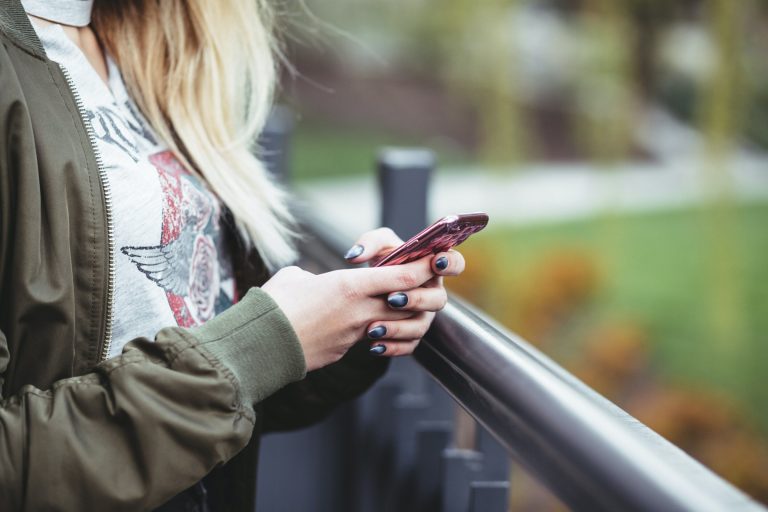Social Media’s Grip on Youth: A Generation Distracted?
A new international study reveals the concerning impact of social media on the attention spans, emotional stability, and behavior of young people. Conducted by Nanyang Technological University, Singapore (NTU Singapore), Research Network, and ListenLabs.ai, the research surveyed 583 youths and their parents across Singapore and Australia, uncovering a growing trend of distraction, emotional fatigue, and addiction-like behaviors linked to prolonged social media use. This research arrives amidst increasing global scrutiny of platforms like TikTok and their potential effects on public health and national security. Professor Gemma Calvert, the study’s lead investigator, emphasizes the urgency of addressing these challenges, stating that the findings “provide crucial evidence of the real-world effects on young minds.”
The study’s most striking revelation is the pervasive difficulty with focus reported by 68% of young participants. Many struggled to engage with content exceeding a minute in length, highlighting the profound impact of short-form video platforms. One participant lamented, “TikTok has made my attention span so low that I can’t even watch a one-minute video.” Professor Calvert explains that this phenomenon stems from the constant novelty and instant rewards offered by social media, creating dopamine-driven feedback loops that rewire the brain to crave ever-increasing stimulation. This mirrors the patterns observed in addiction, where escalating levels of stimulation become necessary to achieve satisfaction. These subjective experiences are further substantiated by previous fMRI studies demonstrating that social media activates the brain’s reward system in a manner similar to addictive substances.
The research also identified distinct national differences. Singaporean youth attributed their relatively lower levels of compulsive social media use to in-school phone restrictions implemented by the Ministry of Education. In contrast, Australian teens expressed concern over the absence of similar guidelines, highlighting a potential avenue for intervention. James Breeze, co-author of the report and CEO of Research Network, stresses the responsibility of social media platforms and device manufacturers to prioritize user well-being. He advocates for moving beyond superficial measures like easily bypassed screen-time limits and instead focusing on design features that actively restore attention, particularly for the generation raised in the “scroll.”
Breeze proposes incorporating default safeguards into social media platforms, such as mandatory scroll breaks, time-use cues, prompts that discourage social comparison, and attention-aware interface design. These features, he argues, are not restrictions but rather tools to empower users to regain control over their attention in a system designed to profit from distraction. The scientific understanding of these issues exists, but the crucial missing element is the will to implement meaningful change, whether through industry leadership or regulatory action. The ultimate goal is to design for awareness, not dependence, allowing young people to reclaim their focus from a system that thrives on their distraction.
The study utilized ListenLabs.ai, an AI-powered interviewing platform, to gather rich, authentic data through voice-recorded responses to text-based prompts. This innovative approach allowed for rapid data collection and analysis, condensing what would typically take six months of manual analysis into just two days. The AI platform identified emotional tone and behavioral patterns, providing deep insights into emerging social trends. Key findings include shrinking attention spans, addiction-like social media use, negative impact on academic performance, anxieties about future prospects, and significant parental concern regarding social media’s influence on their children. The anonymized, open-ended responses offer a compelling glimpse into the lived experiences of young people navigating the complexities of the digital age.
The research, inspired by 19-year-old intern Ella Carnegie-Brown, stemmed from growing concerns among her peers about their compulsive social media habits and their impact on academic performance and real-life social connections. Carnegie-Brown emphasizes the importance of raising awareness and understanding the profound influence of social media on her generation’s present and future. She views the study as providing a platform for her peers to express the emotional toll and uncertainty they experience in relation to their digital lives. The full study will soon be available to educators, policymakers, and technology stakeholders in Singapore and Australia, with plans for follow-up research to track long-term trends in attention and emotional well-being. This research serves as a critical call to action, urging a collective effort to address the pervasive influence of social media and empower young people to navigate the digital landscape in a healthy and balanced way.


